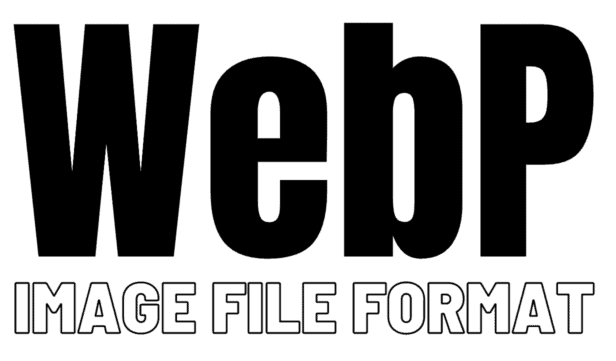Webp
Learn what a popular - webp - the phrase means in online marketing. Click and read more.
Learn what a popular - webp - the phrase means in online marketing. Click and read more.
![What is webp - [Marketing Dictionary]](/assets/img/dictionary-background.webp)
What is webp
In the world of web development and online content, file formats play a crucial role in optimizing performance without compromising visual quality. One such format that has gained popularity in recent years is WebP . Developed by Google, WebP is an image format designed specifically for the web, offering superior compression and smaller file sizes, ultimately contributing to faster loading times and a better user experience.
WebP was first introduced in 2010 as an alternative to commonly used formats like JPEG, PNG, and GIF. It combines the best of both worlds by offering lossy and lossless compression options, allowing webmasters to find the optimal balance between file size and image quality.
The primary advantage of WebP lies in its compression algorithm, which can significantly reduce image file sizes while preserving visual fidelity. In comparison to JPEG and PNG, WebP typically achieves 25-34% smaller file sizes for the same image quality. This reduction in size has a direct impact on page load times, particularly on slow internet connections or mobile devices, where bandwidth is limited.

When it comes to lossy compression, WebP utilizes advanced techniques such as predictive coding, spatial, and transform coding to minimize the file size while retaining the perceived image quality. It achieves this by removing or transforming the less noticeable details in an image. Lossy compression is especially effective for photographs and images with a wide range of colors and gradients.
On the other hand, when lossless compression is required, WebP employs various algorithms to reproduce the exact original image without any quality degradation. This is particularly beneficial for graphics, logos, and illustrations where pixel-perfect accuracy is crucial.
WebP also supports transparency, similar to the PNG format, allowing images to have areas that are either fully transparent or semi-transparent. This feature makes WebP a suitable replacement for PNG files, providing better compression efficiency and overall smaller file sizes.
One of the major advantages of using WebP file format is its compatibility with modern browsers. All major browsers, including Google Chrome, Mozilla Firefox, Microsoft Edge, and Opera, now support WebP natively. This widespread support ensures that your WebP images can be rendered seamlessly across a broad range of devices and platforms without the need for additional plugins or workarounds.
Additionally, WebP image format remains backward-compatible with older browsers that do not support the format. In such cases, you can provide fallback options, ensuring that your content is accessible to all users regardless of their browser capabilities. This flexibility allows developers to adopt WebP gradually and optimize their websites based on their specific target audience.
To leverage the benefits of WebP images, you can convert your existing images to the WebP format using various conversion tools and libraries available online. Popular image editing software, such as Adobe Photoshop and GIMP, offer plugins or extensions to enable WebP export capabilities. Alternatively, you can use command-line tools or online conversion services to convert images in bulk.
When considering whether to adopt WebP files for your website, it’s essential to weigh the advantages against any potential drawbacks. One limitation is that WebP is not as widely supported as other image formats, particularly in older versions of Internet Explorer and Safari. However, this limitation is becoming less significant as more users upgrade to modern browsers that support the format.
In conclusion , WebP is an efficient image format that offers substantial file size reduction without sacrificing visual quality. With its various compression options, transparency support, and broad browser compatibility, WebP has become a go-to choice for web developers seeking to optimize their websites for improved performance. By implementing WebP, you can enhance the loading speed of your web pages, reduce bandwidth consumption, and deliver a better overall user experience.
❤️ Spread the word! ❤️
Found this guide valuable? Share it with your colleagues to help them boost their local marketing results too!
Powered by Localo 2025